Abdominal Aortic Aneurysm
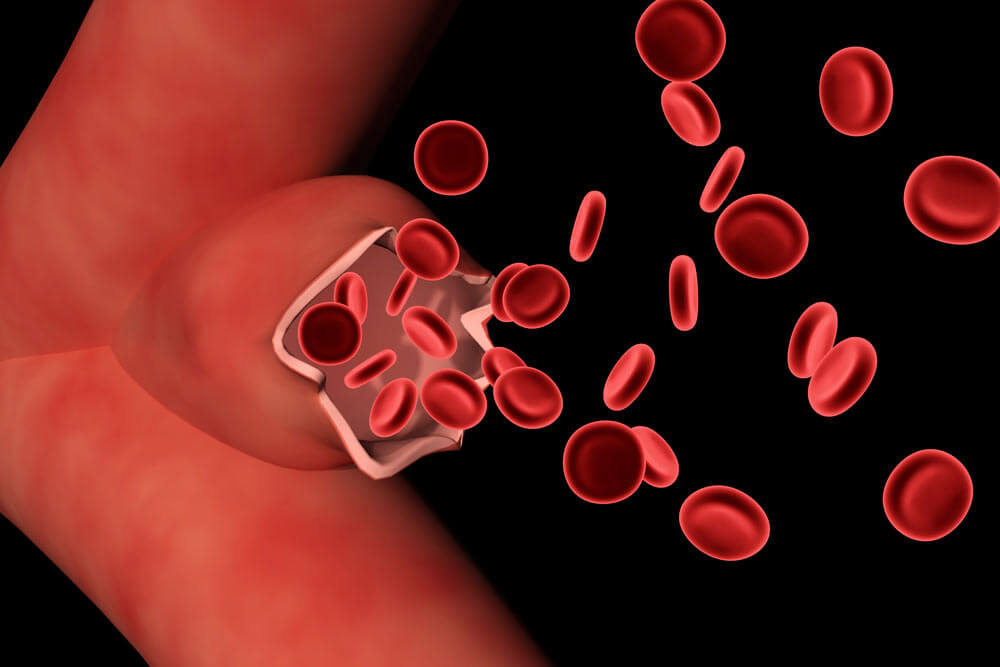
When the wall of a blood vessel weakens, a balloon-like dilation called an aneurysm sometimes develops. This happens most often in the abdominal aorta, an essential blood vessel that supplies blood to your legs. Fairly common Every year, 200,000 people in the U.S. are diagnosed with an abdominal aortic aneurysm (AAA). A ruptured AAA is […]
Aortic Dissection
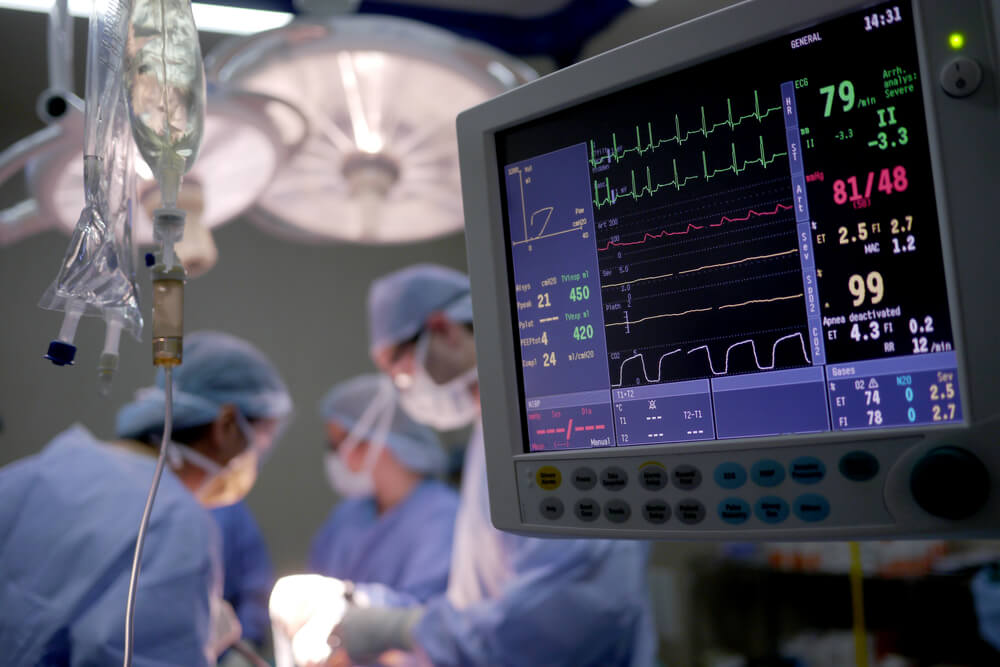
The aorta, the main vessel that carries blood from your heart to the rest of your body, is made of 3 layers. An aortic dissection is a tear that occurs between the innermost and middle layers of the aorta. Aortic dissections occur in approximately 3 per 100,000 patients per year. Both men and women are affected. Can be harmless, serious or life-threatening Sometimes an aortic dissection […]
Aortoiliac Occlusive Disease
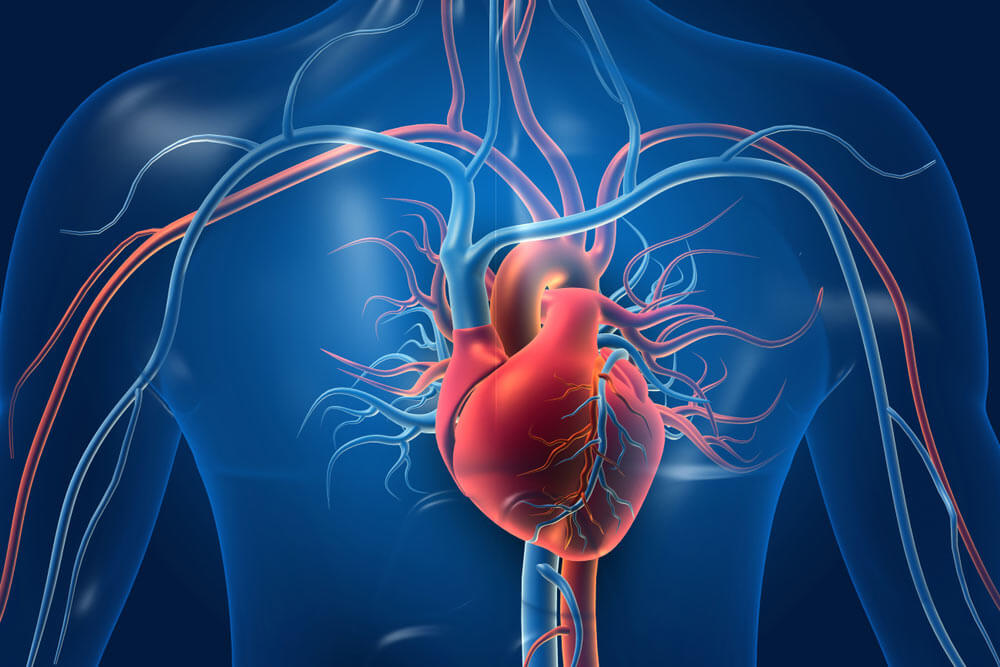
Aortoiliac occlusive disease is the blockage of the aorta, the main blood vessel in your body, or the iliac arteries. The iliac arteries are the branches that your aorta divides into around the level of the belly button to provide blood to your legs and the organs in your pelvis. This blockage is typically caused […]
Atherosclerosis
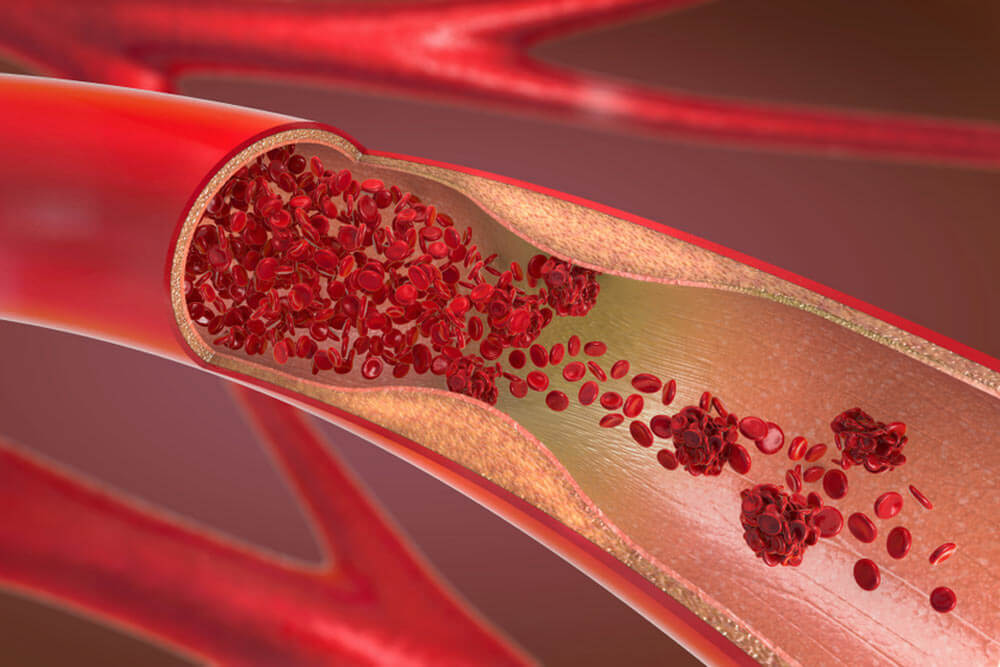
Atherosclerosis is a disease process leading to hardening and narrowing (stenosis) of your arteries. The buildup of fat, cholesterol, calcium and other substances creates plaques inside arteries, which can lead to serious problems including heart attack, stroke, amputation and death. Serious, possibly fatal Atherosclerosis-related diseases are the No. 1 cause of death in the U.S. for both men […]
Carotid Artery Disease
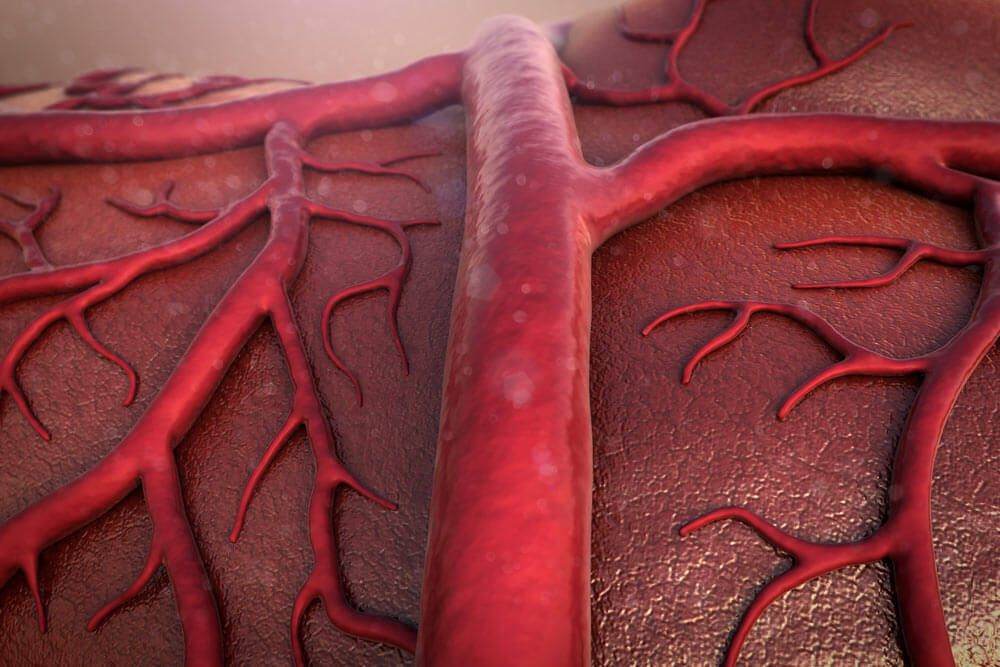
The carotid arteries are the main arteries in your neck that supply blood to your brain. A substance called plaque accumulates inside your arteries as you age. If too much plaque builds up in your carotid artery, it can cause the artery to narrow (carotid stenosis). Small clots can form, then break off and travel to […]
Chronic Venous Insufficiency
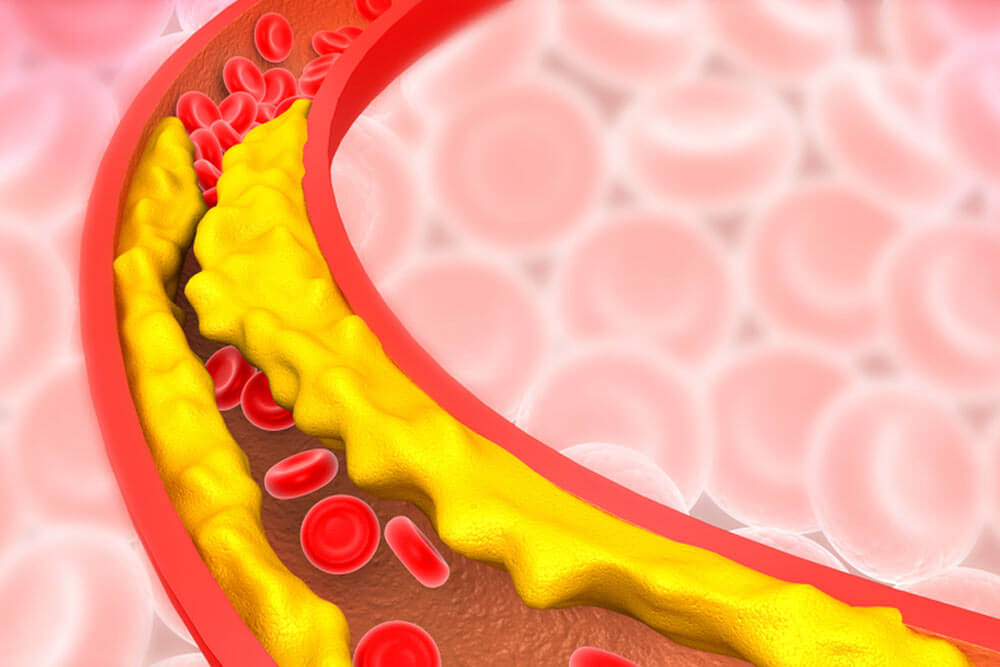
If you have CVI, valves in your veins (usually in the leg or sometimes the arms) don’t work, causing blood to pool in your legs and putting increased pressure on the walls of the veins. May be due to valve dysfunction (usually hereditary) or due to valve destruction after a deep vein thrombosis (DVT) or blood clot. Fairly common, […]
Connective Tissue Disorder (CTD)
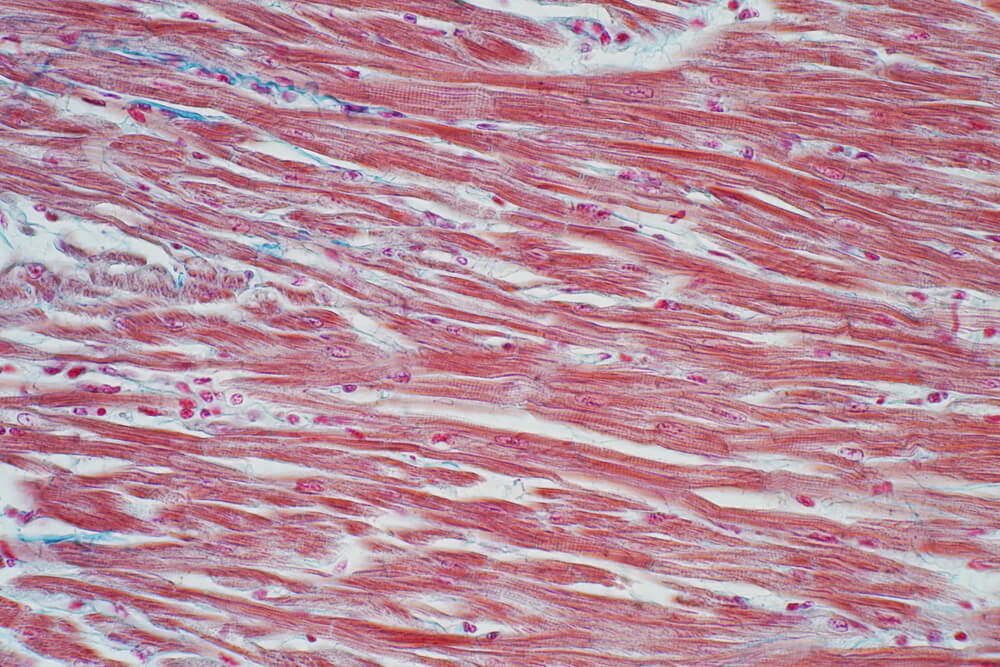
These disorders affect the main proteins that are responsible for the strength and integrity of all of our organs, vessels, skin and bones. They cause weakness in the blood vessels, particularly the arteries, that can lead to vascular problems such as aneurysms, aortic dissections, and ruptures. Risk for vascular problems varies The risk of significant vascular […]
Deep Vein Thrombosis

Occurs when your blood thickens in a clump that becomes solid, forming a clot. Nearly 300,000 first-time cases of DVT occur in the U.S. every year, usually in the leg. Requires prompt attention If you develop a clot and a piece of it breaks off, it could travel to one of your lungs and make […]
Endoleaks (Type I-V)
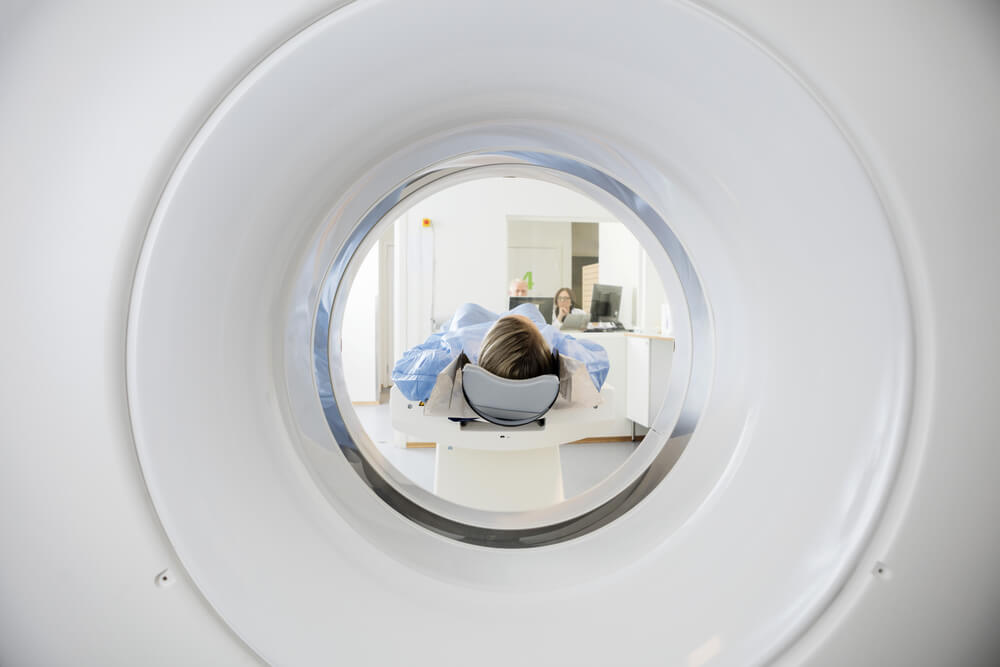
Endoleaks occur when blood leaks back into an aneurysm sac following an endovascular aneurysm repair (EVAR) procedure—one of the procedure’s most common complications. Symptoms MAY BE ABSENT Usually an endoleak causes no symptoms at all. Often, an endoleak is found during a routine follow-up visit with your vascular surgeon after you have had an EVAR procedure. Causes There are 5 types of endoleaks, each with different causes and treatment options. A Type I endoleak occurs when there […]
Fibromuscular Disease
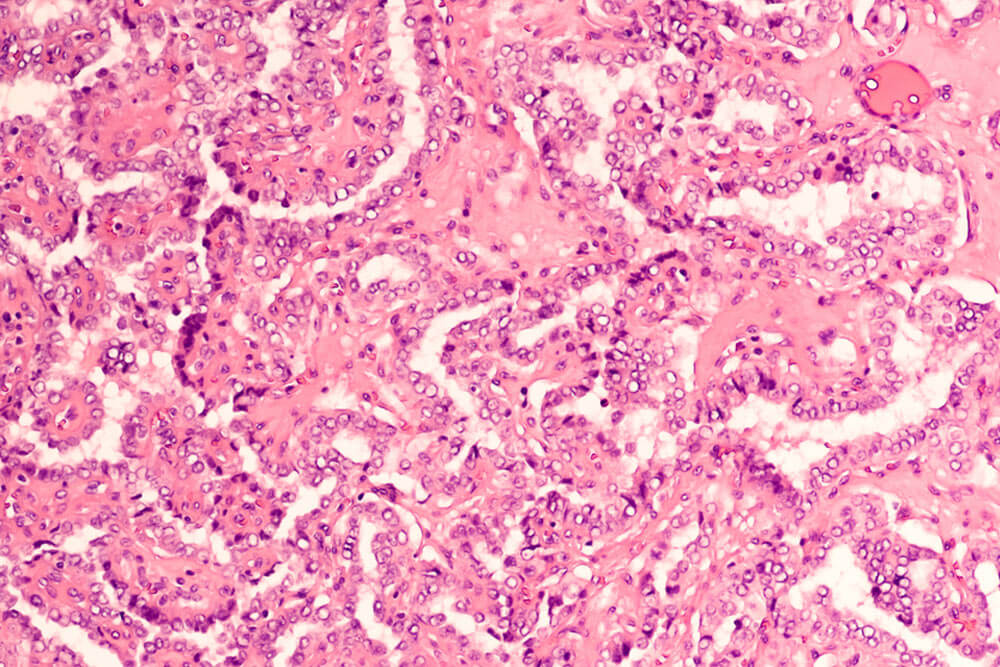
Fibromuscular disease causes narrowing of arteries throughout your body, most frequently the arteries to the kidneys (renal arteries) and brain (carotid arteries). In rare cases, FMD can affect leg or intestinal arteries. UNCOMMON FMD most commonly affects young women of European descent. FMD of the kidney arteries is found in 4–7% of women. FMD of the brain arteries is found in 0.3–3% of women. LIFE-LONG, SELDOM NEEDS TREATMENT Though FMD […]